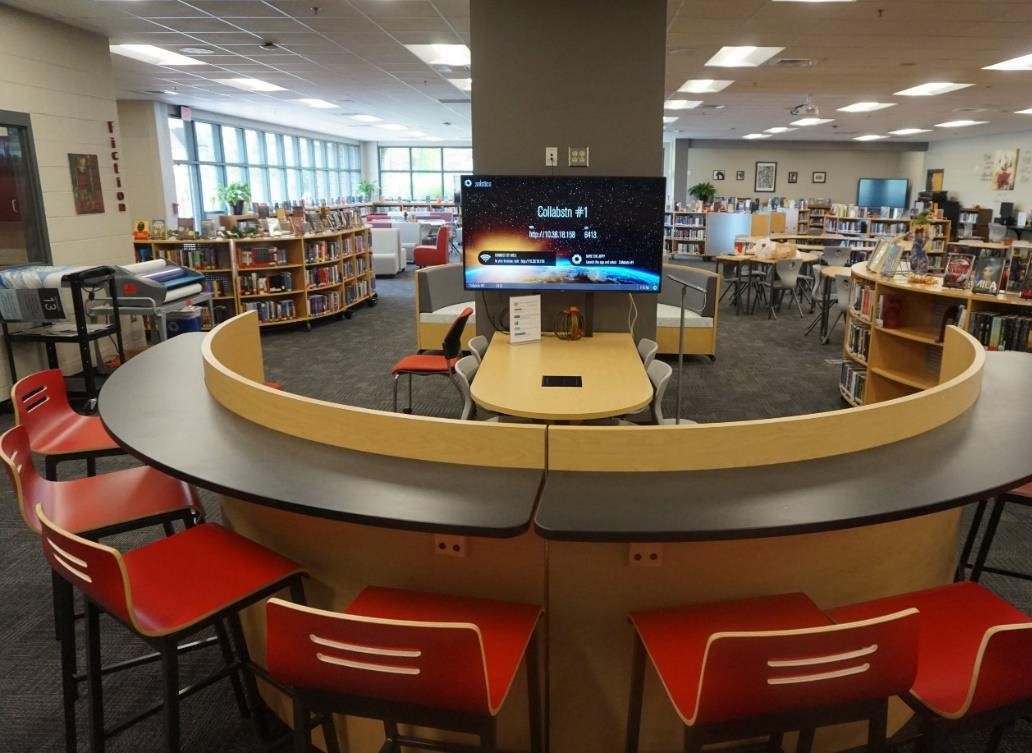By Isaac Wamalwa Manje
Academic libraries have for a long time been assumed to be no-nonsense sanctuaries where silence, decorum and good etiquette must be maintained at all costs. Librarians were assumed to be old mean-looking individuals whose only specialty was to “arrange” books and “sshhhh” library users.
However, with the current generation of learners, university library spaces must adapt and endeavor to be more user friendly, accommodating, welcoming and appealing or else risk facing very low usage and becoming mere stores of books. Libraries can no longer afford to be dark, dingy and cluttered places.
What is the role of the university library space in this digital era where users can access plenty of information resources online without setting foot inside the library building? Libraries may remain warehouses of books that only get a few visitors if measures are not put in place to make them more warm, friendly, inviting and conducive.
The digital age and the advancements in technology have brought the need for libraries to rethink their designs and physical spaces in order to meet the new needs and expectations of modern-day users. Libraries must strive to remain the base for teaching, learning, and research in universities in this digital age.
Interactive Environment
Libraries should not be static places. If you look at the offices of modern innovative companies like Google, Facebook, Apple, YouTube etc., you will find plenty of interactive spaces for employees and clients to relax, collaborate and have fun. Such an environment boosts productivity and morale, enabling people to get more work
done. Libraries should draw from this inspiration, and take intentional steps to add more interactive elements to their spaces.
Discussion rooms and social spaces should be set up to allow users to interact with each other or share something that they may have learnt while using the library. The ‘’extra-formal’’ nature and culture of libraries should be done away with. The library environment should be made to feel like a safe haven where users want to run to and relax while enjoying using library resources. The library should not feel like a police station where one wrong move comes with dire consequences.
Assortment of Seating Options
The importance of having a variety of seating options in university libraries should not be undermined. High, low, hard and soft seats should be available for students and staff. Brainstorming lounges should be set up and furnished with comfortable soft chairs, which are perfect for dreaming up their next big ideas or projects. High cafe tables and stools, perfect for engaging in board games, leisure reading or chatting while taking a break from research and study would also make libraries more inviting. However, this does not undermine the need of having adequate standard chairs to make sure there is enough seating for all users.
Adding bright and pomp colors can also help create a warm feeling, thus helping the library to become a more vibrant and active space that students just wish to be in.

Doing Away with Obstacles and Clutter
Shelves cluttered with unused books, taking up space unnecessarily should be decluttered through thorough weeding. Floor space should not necessarily be taken up with massive shelves such that there is not breathing space. Not only are the odd extra desks, tables and chairs an eye sore, but also a safety hazard. Library managers should spearhead weeding activities to ensure libraries only remain with books that students actually need and use. Shelves can be rearranged to break monotony and brilliant ideas such as creating book displays between them can be incorporated. Excess furniture that is not in use may also be removed to give the library a professional and appealing look, in turn opening up more room that makes the library feel more welcoming.
Flexibility of Movement
The traditional heavy wooden tables and chairs found in most libraries create inflexibility and a sense of rigidity. They are also difficult to rearrange when the need arises for example when having special events in the libraries, potentially causing safety hazards. Furniture should be lightweight and comfortable so that they are easy to rearrange when need be.
Shelving should cease being static and be made more dynamic. This calls for a lot of creativity in how books are arranged. The arrangement should be visually engaging in such a way that the books should entice and attract students to pick and use them. This means that they should be displayed creatively, and not just the traditional shelving that is common in many libraries.
More Power and Internet Points
No library in this day and age should allow students and staff to struggle for power outlets to charge their phones, laptops or other electronic devices they may need to use in the library. Functional charging stations should be openly placed at strategic points to enhance user experience for patrons and make the library as comfortable as possible. Internet access should also be prioritized. Users should be able to at least access dependable Wi-Fi from any point in the libra
Planning library space transformation should be the focus of university libraries. They should dream big as well as simple, and come up with budget-friendly ideas that can be implemented to make libraries more interactive and appealing to users. That should be the number one priority of library managers.
Isaac Wamalwa Manje is a Communication and Information professional working at the Kibabii University Library and a specialist in scholarly writing, as well as a PhD candidate.

